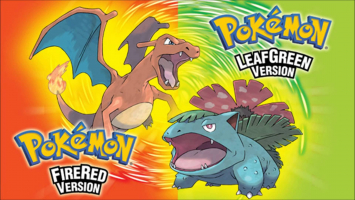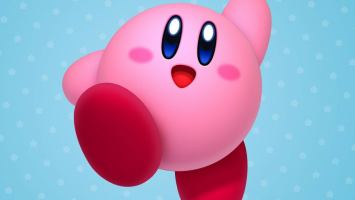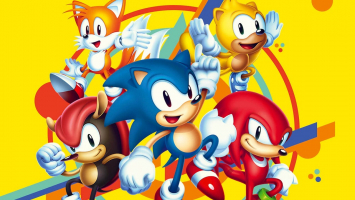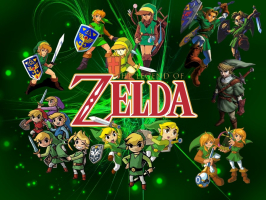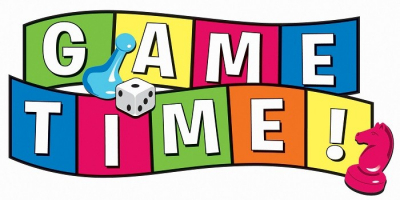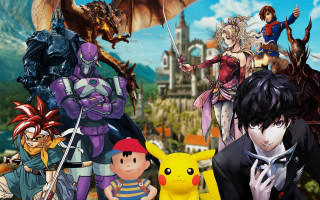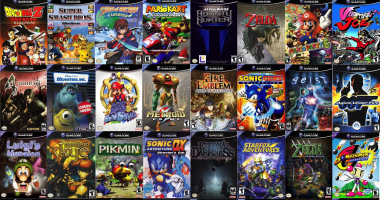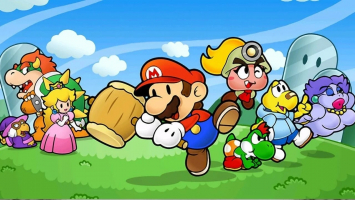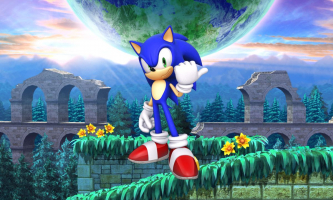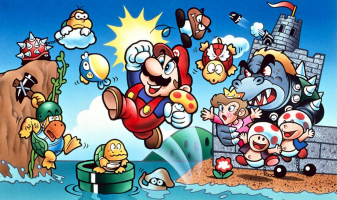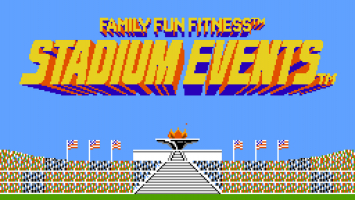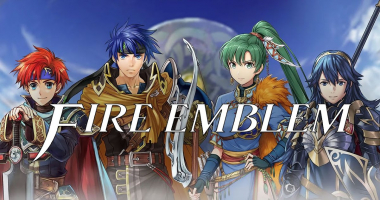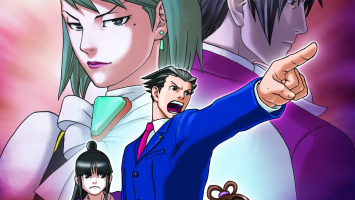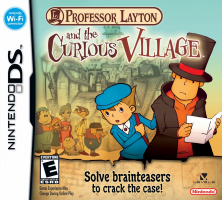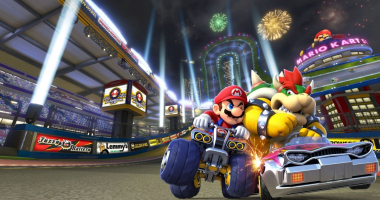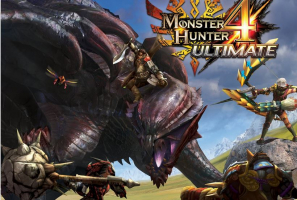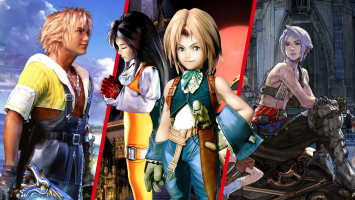Top 10 Best Metroid Games of All Time
The Metroid series is one of the most established in contemporary gaming, having debuted on the Nintendo Entertainment System in 1986. Regardless of its ... read more...history, it has perhaps never been more important to gaming than it is today. Let's look at the greatest Metroid games of all time.
-
Super Metroid is a timeless masterpiece that has been widely praised as one of the finest games of all time and a crucial blueprint for many subsequent games to follow. Samus gives the Metroid hatchling to researchers shortly after the events of Metroid 2. However, the facility is assaulted by space pirates minutes afterward, sending Samus back to the planet Zebes. The sensation of seclusion and discovery in the 1994 masterpiece is recalled. The terrain was massive and complex, with passages blocked by inaccessible components that made the player wonder when they would return to uncover new ones.
It had a wonderfully timed sense of empowerment as Samus earned new powers and even routinely upgraded her famous costume. The ending, in which the baby Metroid sacrifices itself to save the lady who saved its life, is a model of a poignant, wordless narrative. The genre is named after a combination of two of its most significant forefathers: the Metroid series, notably Super Metroid, and Castlevania: Symphony of the Night. While both were huge influences on the genre, Super Metroid came out three years before Symphony of the Night, and SotN was undoubtedly impacted by Super Metroid. As a result, Super Metroid is at the heart of one of the most popular and long-lasting gaming genres of all time.
Release date: 1994
Platforms: Super Nintendo Entertainment System, Wii, Wii U
Link to buy: amzn.to/3Gb5sK2
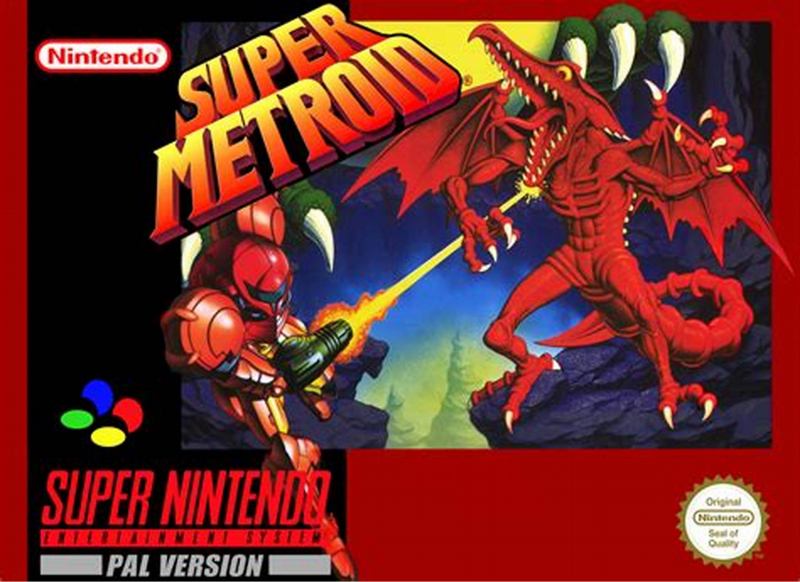
Super Metroid 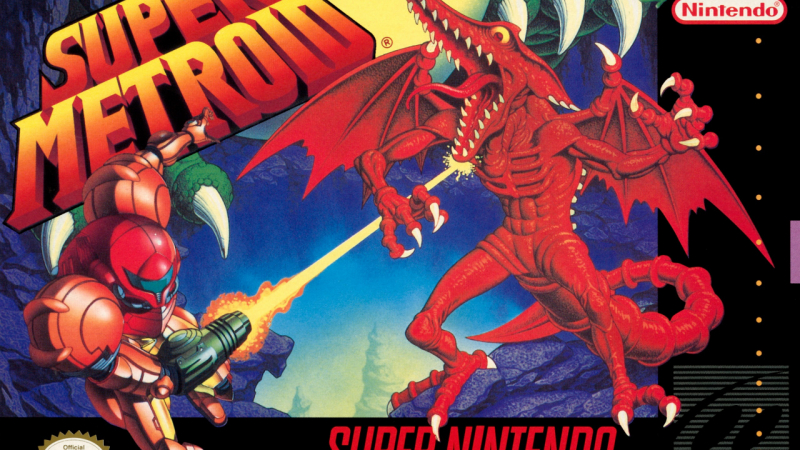
Super Metroid -
Metroid Prime, like Super Mario 64 and The Legend of Zelda: Ocarina of Time before it, introduced one of Nintendo's most beloved series into the 3D era. In addition, the excursion to the third dimension provided the player with an entirely new perspective, as seen through Samus' eyes.
Previously reserved largely for first-person shooters, Retro Studios used it for the alien tone and ambiance of a Metroid game. Even the smallest details amazed people, such as seeing Samus' face mirrored in her visor when the sun touched it exactly right. The transition was flawless, resulting in a really original masterwork that produced something new while paying homage to its origins.
The game received widespread acclaim and economic success, selling more than 2.8 million units worldwide. It received Game of the Year awards and is considered by many reviewers and gamers to be one of the best video games ever developed, with one of the highest Metacritic ratings. In 2009, an improved version was published as a stand-alone game for the Wii in Japan, and as part of the Metroid Prime: Trilogy compilation abroad.
Release date: 2002
Platforms: GameCube, Wii
Link to buy: amzn.to/3wCN08U
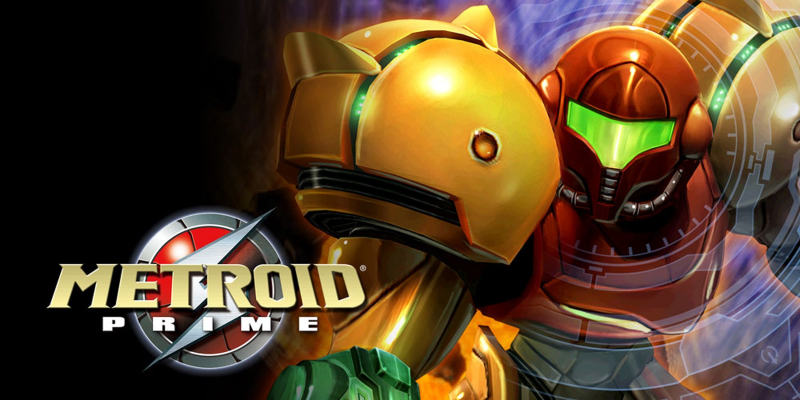
Metroid Prime 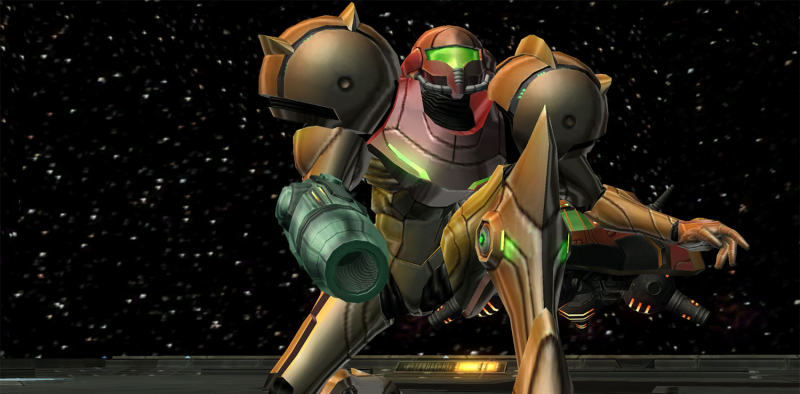
Metroid Prime -
Zero Mission, like Samus Returns, was a remake that helped reintroduce several early Metroid themes to a new generation of gamers. This time, though, it was a fresh spin on the original Metroid game. The updated version kept many of the original's power-ups and framework but added additional mini-bosses and an extended world to explore. It was also more narrative-driven, with one plot event that completely detached Samus from her Power Suit.
During this segment, Samus had to rely on her wits and a rather weak handgun to regain her suit. That iconic segment went on to establish one of the character's distinctive designs, the "Zero Suit Samus" featured in titles like Super Smash Bros. Ultimate.
Zero Mission garnered praise for its additional material, aesthetics, gameplay, and upgrades over the original, although it was panned for its short length. The game got multiple awards, including 46th position on Nintendo Power's list of the Top 200 Games. IGN also called it the ninth-best Game Boy Advance game. As of February 2005, it has sold over 439,000 units in the United States and 69,000 in Japan. The game was launched in Japan on June 19, 2014, in the PAL countries on March 12, 2015, and in North America on January 14, 2016.
Release date: 2004
Platforms: Game Boy Advance, Wii U
Link to buy: amzn.to/3yRYUhZ
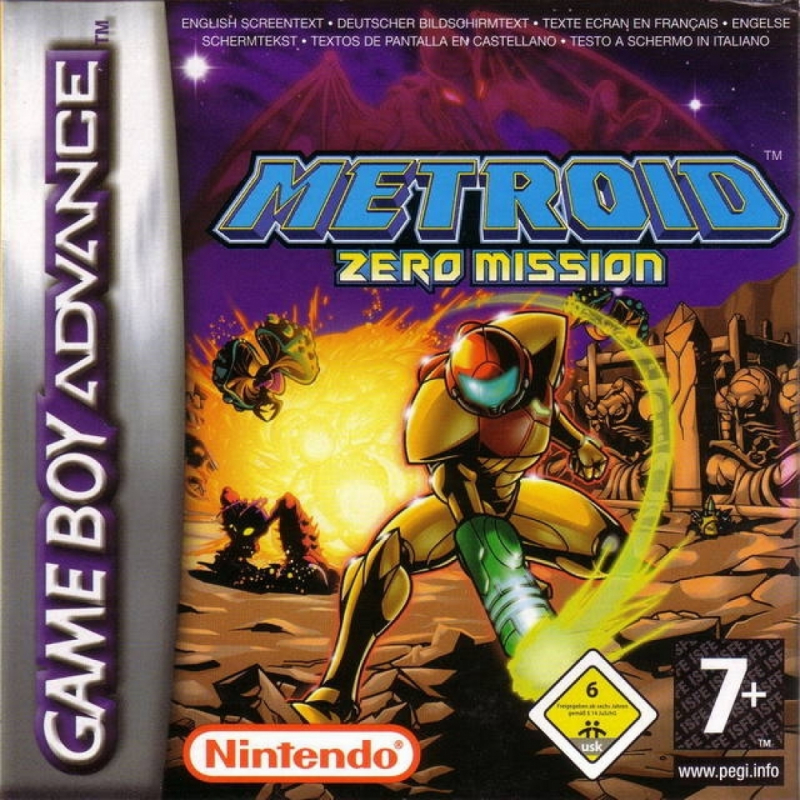
Metroid: Zero Mission 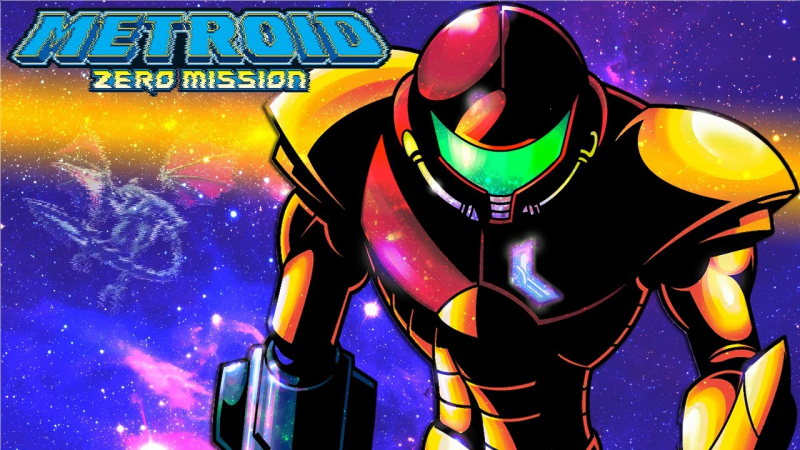
Metroid: Zero Mission -
MercurySteam was granted the green light to finally bring the long-rumored Metroid Dread to fruition after successfully demonstrating its mettle with Samus Returns. Before the game's release, producer Yoshio Sakamoto stated that it will conclude the 5-part tale that began with the original Metroid and ended with Metroid Fusion. The Switch-exclusive features Emmis, robotic sentries who chase Samus and cannot be beaten normally, as well as the counter system and Aeion skills from Samus Returns.
It also deviates from the traditional Metroid progression, placing old staple powerups considerably later in the game and adding new ones. The end product is an excellently polished Metroid and a fitting conclusion to the story arc that has existed since the NES launch.
Metroid Dread earned favorable reviews upon its first release and quickly became the fastest-selling Metroid game in Japan, the United Kingdom, and the United States. It earned the Best Action/Adventure Game category at The Game Awards 2021. Metroid Dread is the best-selling Metroid game, having sold over 3 million copies.
Release date: 2021
Platform: Nintendo Switch
Link to buy: amzn.to/3wKtNCd
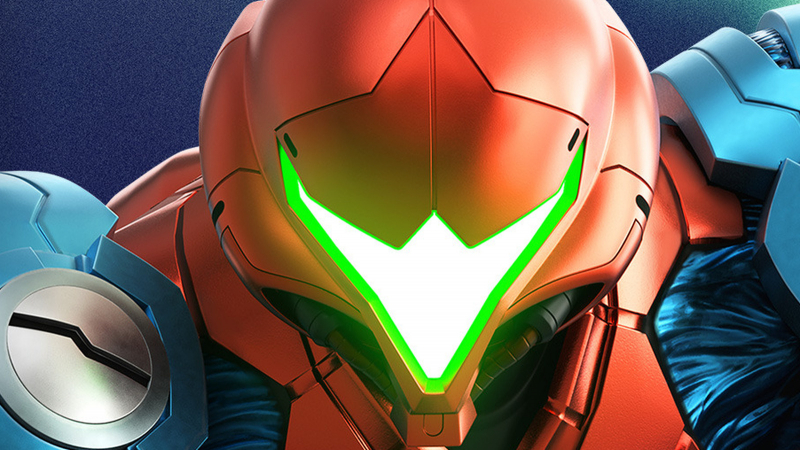
Metroid Dread 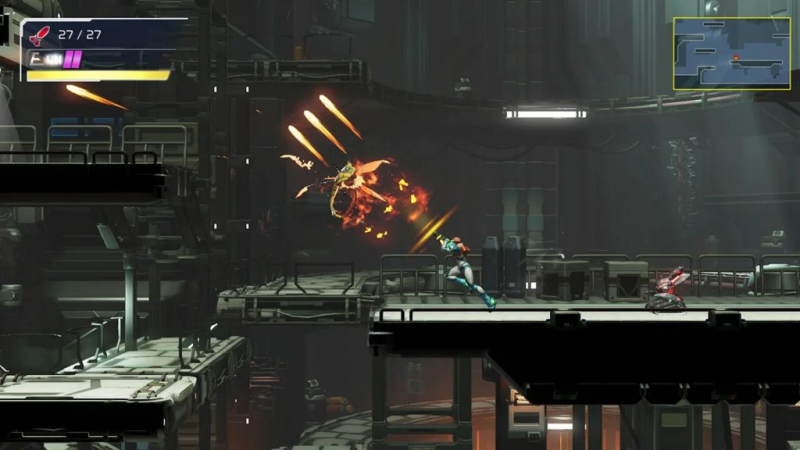
Metroid Dread -
Fusion for the Game Boy Advance depicts a later age of 2D Metroid that is influenced by previous games while still forging its own path. This time, Samus is badly damaged by a parasite known as the X creature, and scientists save her life by administering an experimental vaccine produced from Metroid DNA. Samus is now part-metroid, able to absorb the X-parasites in the same manner as metroids absorb the life energy of their victims. (The DNA union also provided Samus with a cool new outfit.)
Fusion, like its predecessors, included exploration features, but it was significantly more linear than prior games. Instead of unfettered exploration, you were led through missions with definite goals to achieve. This polished down some of the edges that may be both exhilarating and irritating in prior games, resulting in a more updated Metroid experience.
Fusion got praise for its crisp gameplay, controls, visuals, and music, but it was criticized for its shorter length and more linearity. It won multiple honors, including Handheld Game of the Year at the 2002 Interactive Achievement Awards, IGN's Best Game Boy Advance Adventure Game, and GameSpot's Best Action Game on Game Boy Advance. It was re-released in 2011 on the Nintendo 3DS Virtual Console as part of the 3DS Ambassador Program, and in 2014 on the Wii U Virtual Console. Metroid Dread, a sequel, was launched in 2021 for the Nintendo Switch.
Release date: 2002
Platforms: Game Boy Advance, Wii U, Nintendo 3DS
Link to buy: amzn.to/3GaDXQM
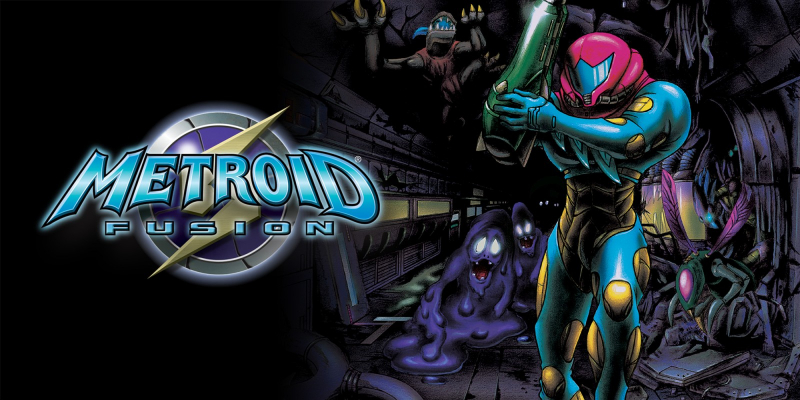
Metroid Fusion 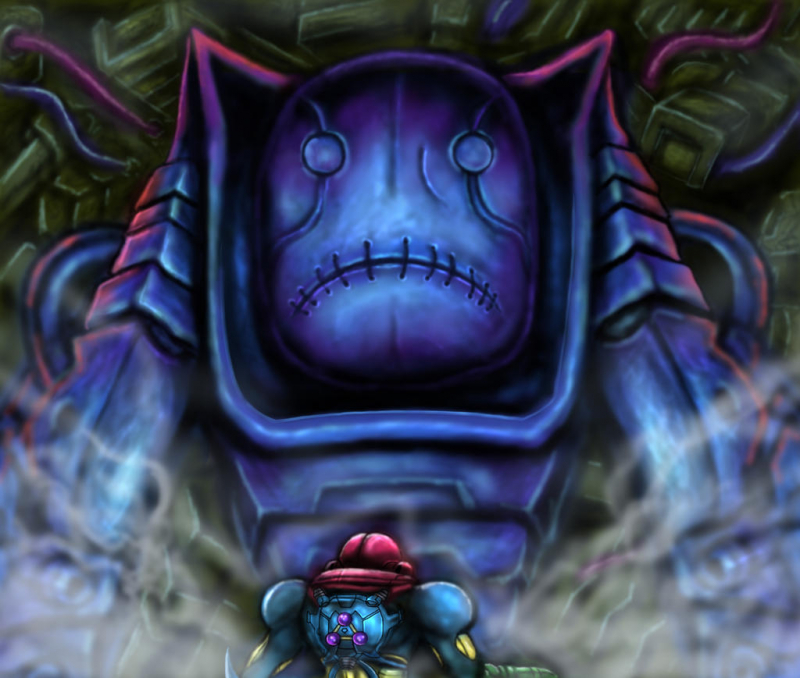
Metroid Fusion -
How do you build a sequel to one of the most influential 8-bit games? Of course, with a portable game that enhances practically every element. Return of Samus zoomed in for a closer look at Samus as she explored SR388, the Metroids' home planet. Her job was to destroy the creatures before the fearsome Space Pirates could use them for their own evil purposes, which created a wonderful blend of story and gameplay.
Rather than merely exploring the world, you had to track down every single Metroid using an in-game counter. SR388 introduced new Metroid species and varieties as the Metroid home. All of this culminated in Samus showing pity to a Metroid hatchling, the last of its species, a decision that has reverberated throughout the tale of every subsequent Metroid game.
Metroid II earned favorable reviews, with acclaim for its plot, setting, and better gameplay, although it garnered criticism for its aesthetics and sounds. It had sold 1.72 million copies worldwide by late 2003. It was re-released in 2011 on the Nintendo 3DS Virtual Console service. Super Metroid, the sequel, was published in 1994 for the Super Nintendo Entertainment System. Metroid: Samus Returns, a remake of Metroid II, was published in 2017 for the Nintendo 3DS.
Release date: 1991
Platforms: Game Boy, Nintendo 3DS
Link to buy: amzn.to/3NxipQV
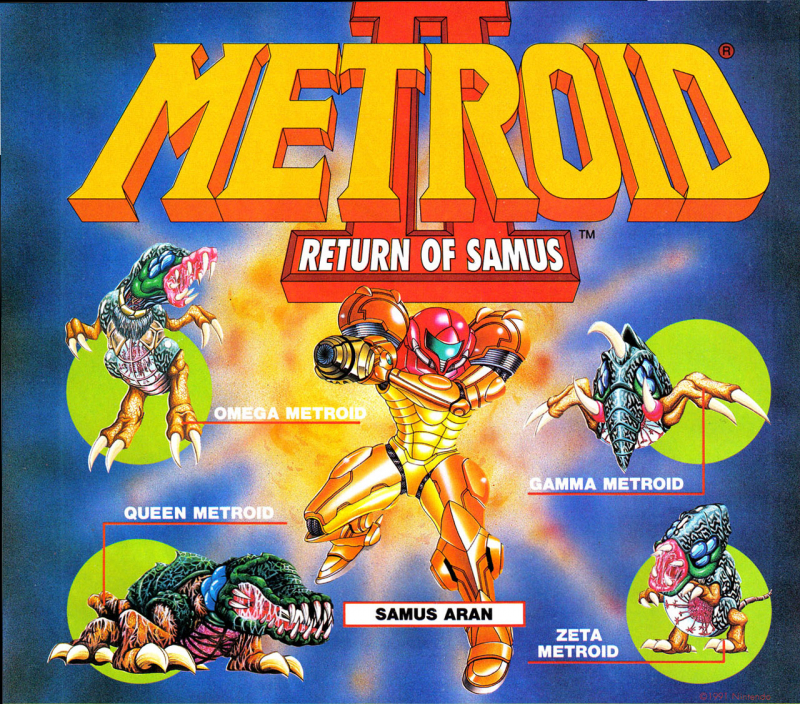
Metroid II: Return of Samus 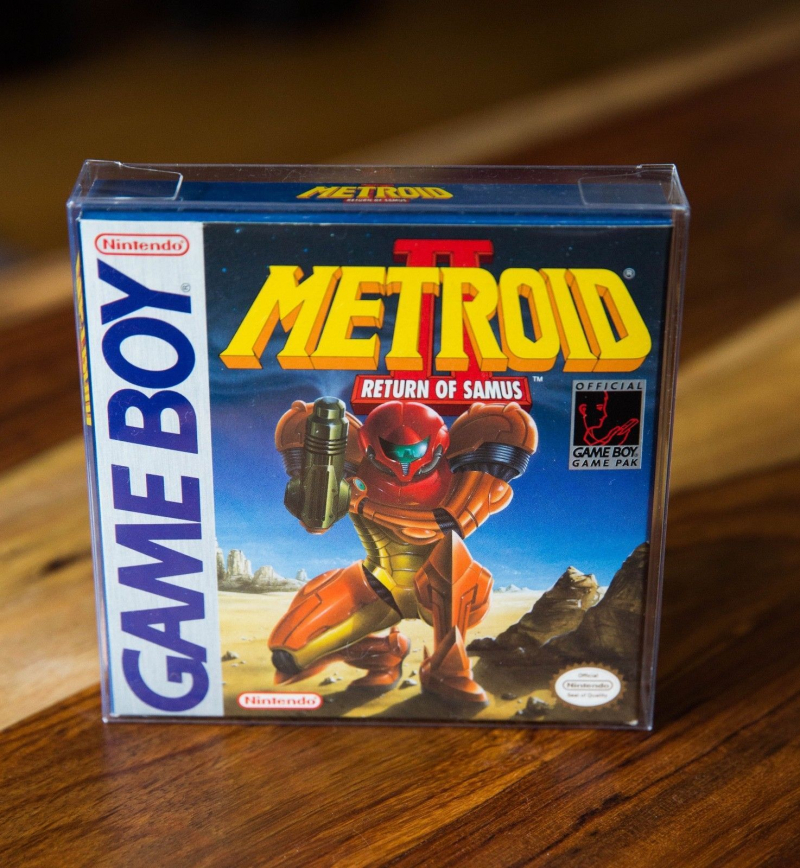
Metroid II: Return of Samus -
The highly acclaimed Metroid Prime laid the groundwork for great expectations for its sequel, Metroid Prime 2: Echoes. Surprisingly, Retro managed to live up to that high level, developing a sequel that expanded on Prime's foundation and added a new light and dark mechanism that also had an influence on the plot. Echoes, like the 2D Metroid games and the original Prime, had a carefully organized setting brimming with surprises to discover and explore as you grew Samus' arsenal of skills.
It even offered a somewhat well-received multiplayer option, which may have inspired the decision to produce the much less appreciated Metroid Prime Hunters two years later for Nintendo DS. Though some criticized the late-game key search, which many considered artificial padding, it was widely acknowledged as a worthy successor to Prime.
Retro attempted to distinguish itself from its predecessor by emphasizing storyline and innovative gameplay concepts. To promote the game, Nintendo devised a viral marketing campaign that comprised various websites written as if they were set in the Metroid world. Critics praised the game's single-player mode, praising its visuals, mood, and soundtrack, however, the game's steep difficulty and multiplayer mode were received with criticism.
Release date: 2004
Platforms: GameCube, Wii
Link to buy: amzn.to/39QX9XX
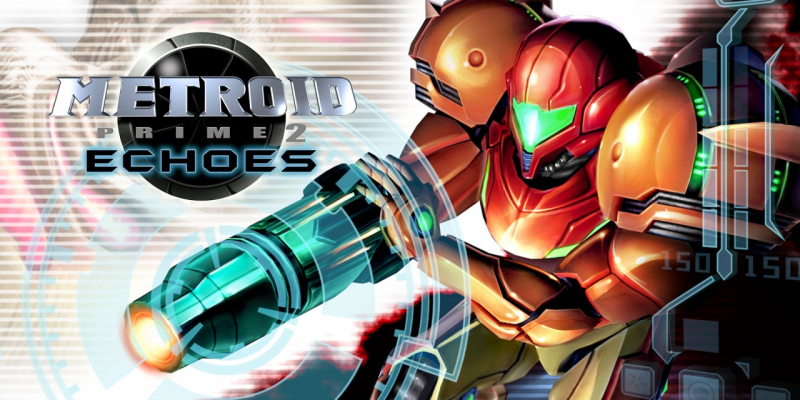
Metroid Prime 2: Echoes 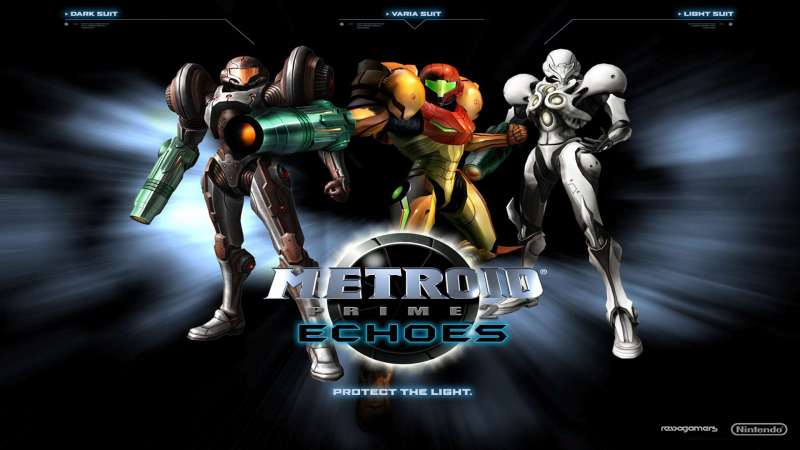
Metroid Prime 2: Echoes -
Metroid Prime titles, as well as a few remakes—many of them are excellent demonstrations of Nintendo's first-party capabilities. Because of this all-killer, no-filler approach, a game that is just decent, such as Metroid: Other M, is at the bottom of the list. Team Ninja, best known at the time for the Ninja Gaiden series, spearheaded the production, and as a result, Other M was a totally different sort of Metroid game. It was the first game to have melee combat, and the perspective was a hybrid of classic 2D and Prime-like 3D.
It was a risky combination of ideas, and not all of them worked. While Other M was still a good game, with a 79 rating average on GameSpot sister site Metacritic, it was panned for its inconsistent difficulty and, in particular, its groan-worthy tale and voice acting. Worst of all, it took one of gaming's most famous heroines and turned her into a doting and immature child, taking away her autonomy in favor of a commanding commander.
Release date: 2010
Platforms: Wii, Wii U
Link to buy: amzn.to/38c1NiL
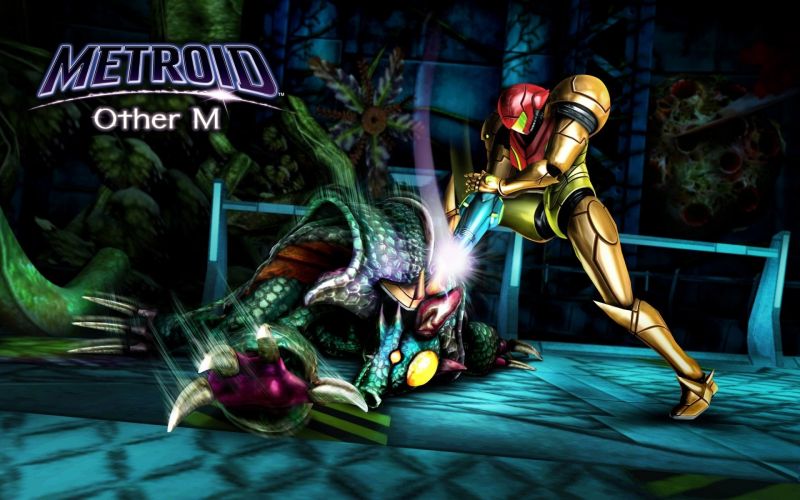
Metroid: Other M 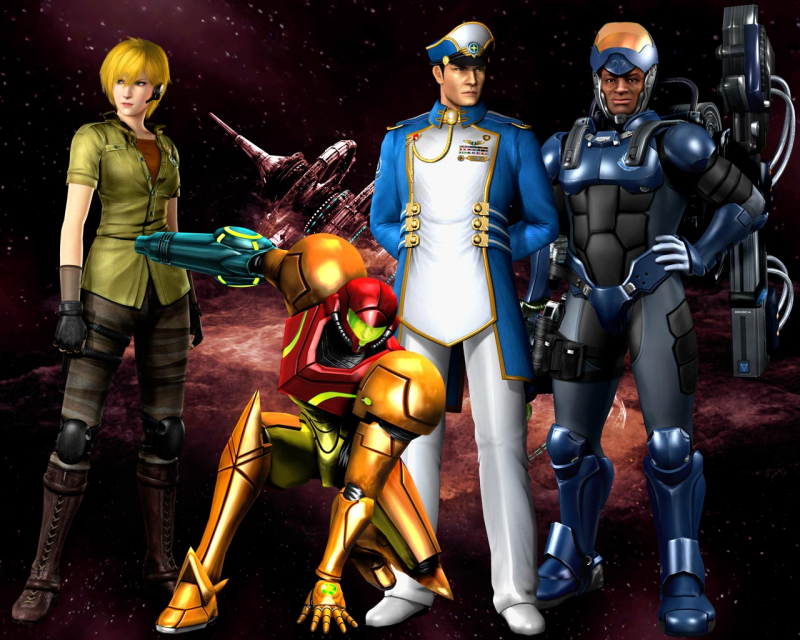
Metroid: Other M -
The third and last game in the Metroid Prime trilogy—at least until Metroid Prime 4 comes out—was universally praised as a high point in a franchise that has already had numerous. Though fans disagree on whether ranks higher, this or Prime 2, Retro is unquestionably at the top of its game and has learned from its prior Metroid adventures.
Corruption was a bit more action-oriented than the other Prime titles, and it made use of Wii motion controllers for precision targeting. It was also lauded as one of the best-looking Wii games in an age not known for high-quality visuals. Corruption, on the other hand, suffers from only slightly diminishing rewards because they already had two amazing Prime games to play.
Corruption, like the other entries in the Prime series, gained critical praise, with reviewers complimenting its gameplay, visuals, and music in particular, however, opinions on the controls were mixed. In 2007, more than one million copies of the game were sold. In August 2009, it was re-released as part of Metroid Prime: Trilogy, a Wii compilation of the Prime series' three core games incorporating Wii Remote capabilities. Despite Retro previously stating that Corruption would be the final chapter in the Prime series, Metroid Prime 4 was confirmed in June 2017 and is presently in development for the Nintendo Switch.
Release date: 2007
Platform: Wii
Link to buy: amzn.to/38LpeQa
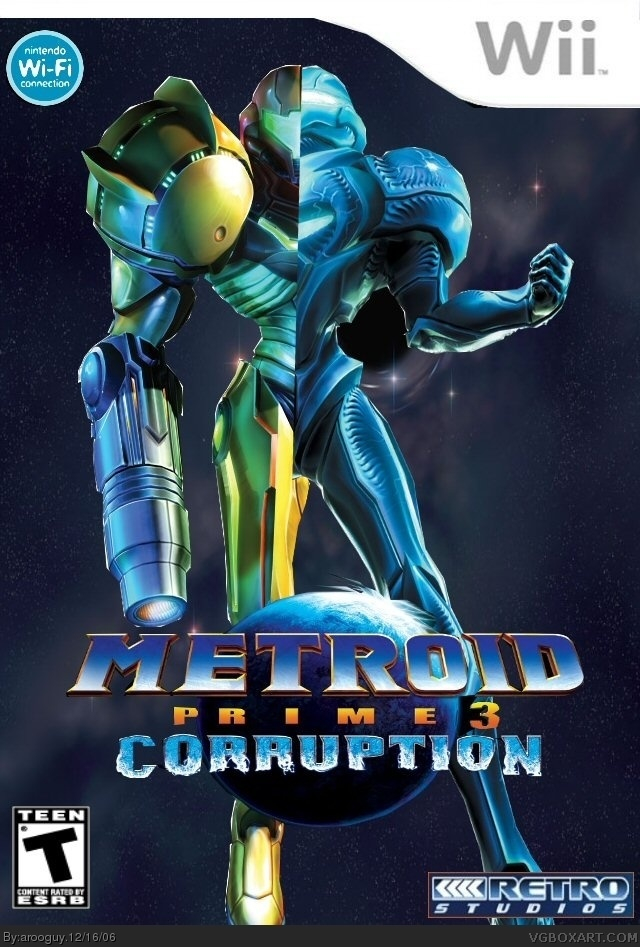
Metroid Prime 3: Corruption 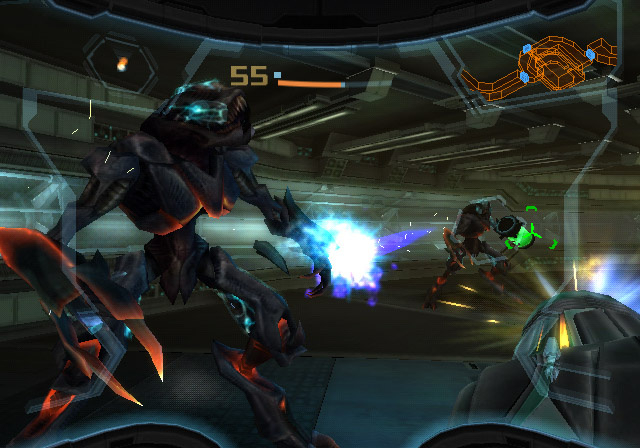
Metroid Prime 3: Corruption -
The original Metroid on the NES is undoubtedly an artifact of its period, and revisiting it now is unlikely to be as enjoyable as many others on the list. However, it ranks high in terms of pure power. Everything people know and love about Metroid, from the enormous map to the creepy tone, is present in its initial sci-fi rendition.
This was Nintendo at its most innovative, inventing a completely new sub-genre of action game. This is the proto-metroidvania, and while not as polished as some of its sequels, it helped lay the groundwork for all that came after. Nintendo developed one of gaming's most iconic symbols in the process.
The Metroid series had sold over 17.44 million copies as of September 2012. Metroid games are frequently regarded among the best of all time. Other Nintendo works, such as the Super Smash Bros. series, have included the series. Soundtracks, comic books, and manga are examples of additional media. The early Metroid titles, together with the 1997 Konami game Castlevania: Symphony of the Night, created the Metroidvania subgenre, influencing future games with continuous, explorable side-scrolling levels. Samus was among the earliest well-known female video game characters.
Release date: 1987
Genres: Platform Game, Action-adventure game
Link to buy: amzn.to/3wCNZWE
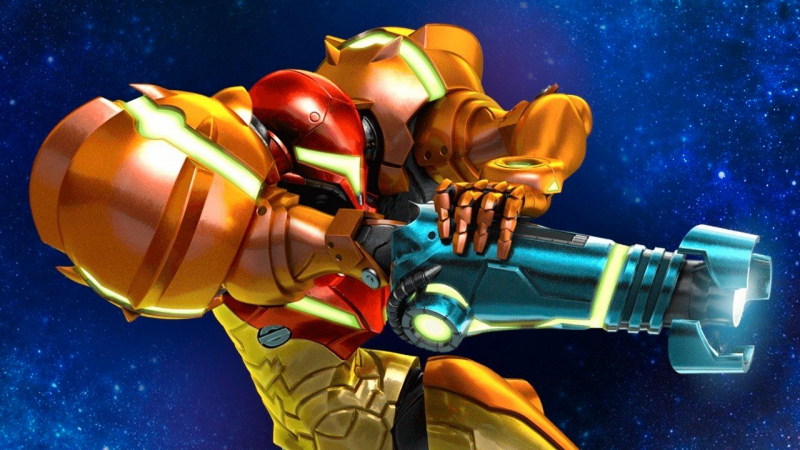
Metroid 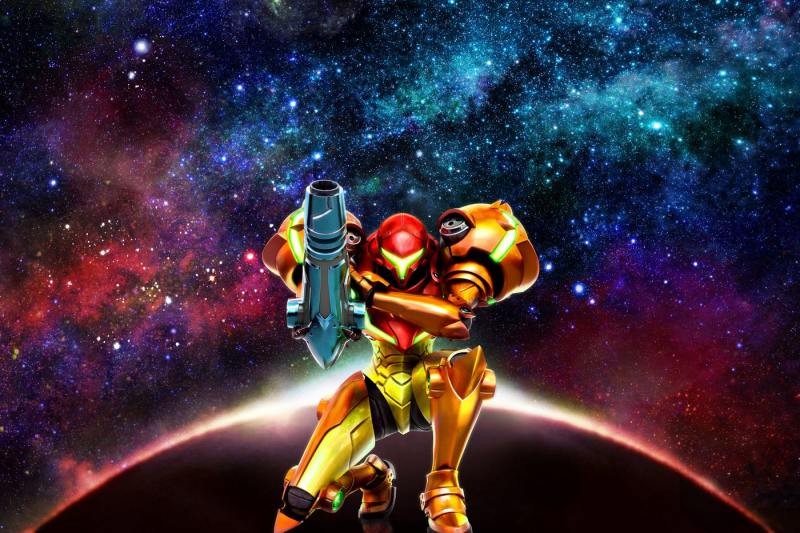
Metroid












